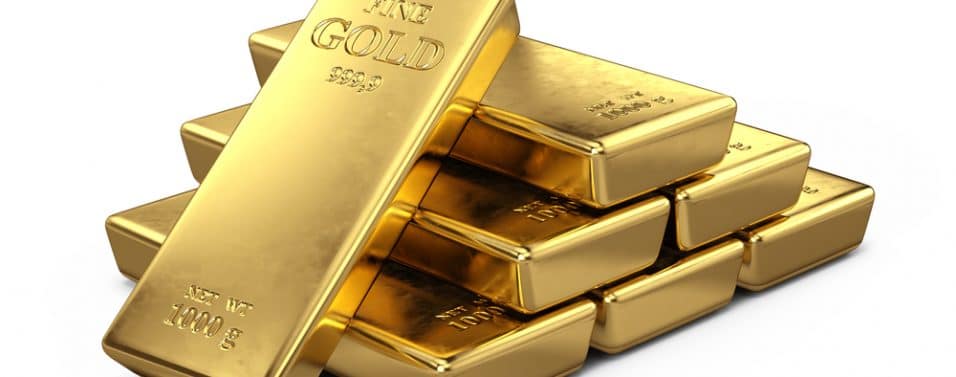
Gold – the investor’s marmite
Gold is a bit like marmite. It divides investors. Some love it and some hate it. Warren Buffett sees no value in owning gold, because he argues it will always underperform over the long term. His argument is that, unlike dividend-paying stocks or bonds paying a yield, gold can’t compound over time.
Other investors view it as a ‘safe haven’ – a hedge against the end of the world or an insurance policy against central bankers making mistakes. I don’t agree that it’s ‘safe’, as the price of gold and its shares can be very volatile. Usually I would agree with Buffett. But this is an exceptional time unlike anything we have ever seen before in history.
Gold has little real world application today beyond jewellery. But the same qualities which made it a popular currency hundreds of years ago, remain true today. Crucially, unlike yen, dollars, pounds or euros, etc the supply of gold remains finite. And it does have other attributes that are very pertinent at the moment. For example, it is one of the few asset classes to maintain its negative correlation at times of severe market stress and it can be a hedge against inflation.
Right now, much of the developed world is teetering on the edge of deflation, but inflation, or even hyper inflation, is a highly possible scenario if central banks start issuing ‘helicopter money’.
As an investor, would you rather own cash – of which you know the central banks can print an infinite amount – or would you rather own something which is finite and can’t be reproduced? Whilst holding cash can be comforting, some allocation to the latter is surely prudent if your £20 note is buying less and less each month?
Six reasons to own gold today
- Protection against hyperinflation.
- Protection against deflation.
- Other traditional safe havens, like government bonds, are now extremely expensive and could potentially suffer huge losses if we see unexpected inflation.
- Gold should do well in a world where central banks continue to print money or engage in helicopter money.
- Political instability – Brexit and increasingly protectionist rhetoric.
- A great portfolio diversifier, which is negatively correlated to other assets during times of extreme market stress.
I might be wrong. The world may normalise. Interest rates may slowly rise. Growth and mild inflation may return and, in this environment, gold would do poorly but your other assets should do well. But even then, I still think apportioning some of your portfolio to gold makes a lot of sense as part of a diversified portfolio. You may not need it but if you do you’ll be extremely grateful – like an insurance policy, as I said.
What to buy?
To get the full diversification benefits of the asset class you really need to buy physical gold. You can do this through websites like Bullion Vault. You can buy as little as one gram of either gold or silver. Bars are stored in vaults around the world. If the end of the world were to come though, I’m not sure how you would get to your vault or claim your 1 gram bar.
So perhaps a physical gold ETF is the answer. However, gold ETFs saw a surge in popularity a few years ago and they encouraged a lot of speculation and short-term trading when the price was rising. Then when the price started to fall, the price collapse was perpetuated by people selling those very same ETFs. You could very easily get caught up in a ‘sentiment trade’.
Alternatively, you can buy individual gold shares, or actively managed funds investing in physical gold and gold shares, such as Elite Radar Merian Gold & Silver. Gold equities tend to be a geared play on gold, meaning they should go up more than gold bullion when prices rise, and fall more than gold bullion when prices fall. Of course, they can be affected by other stock specific factors as well but, by buying a fund, you diversify your exposure across a range of different gold companies.
This article was first written in July 2016 and updated in September 2019.



